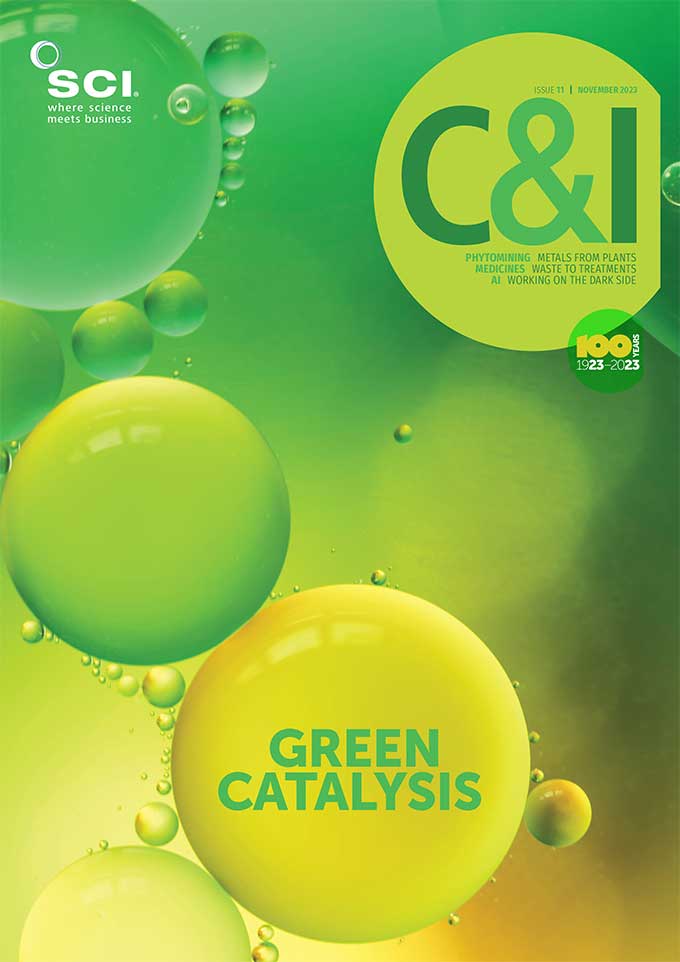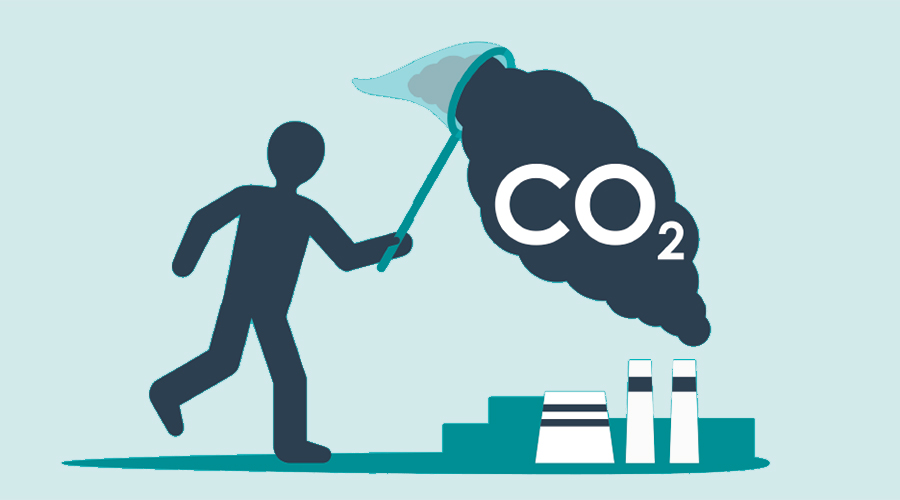FEATURE BY LOUD READE | 8 NOVEMBER 2023
Fundamental research is helping to drive the development of a new generation of catalysts that should accelerate progress towards global sustainability goals. Lou Reade reports.
Catalysis is a key facilitator of energy efficiency in the chemical industry. By their nature, catalysts boost sustainability by driving chemical reactions at lower temperatures and pressures. However, modern catalyst designs are somewhat limited by our current understanding of their structures and modes of action. Now, many researchers are turning their attention to new and sophisticated techniques to probe the fundamental nature of catalysis, with the goal of gaining a deeper understanding of factors such as active sites, reaction mechanics and real-time behaviour. The hope is that this, in turn, will allow them to design more effective catalysts – and new, improved, materials.
‘Existing models still work for catalysis today, but we need to solve [global sustainability] problems in record time,’ says Charlotte Vogt, an assistant professor at the Technion Institute in Israel. Importantly, better catalysts will aid the discovery of materials to address specific sustainability challenges – such as sequestering CO2, remediating pollutants and generating ‘green’ fuels.
Vogt uses a number of spectroscopic techniques, alone or in combination, which she refers to as a ‘flashlight’ to illuminate the ‘hidden’ properties of catalysts. She believes that rational design based on this knowledge will help to design new catalysts ‘at record speed’.
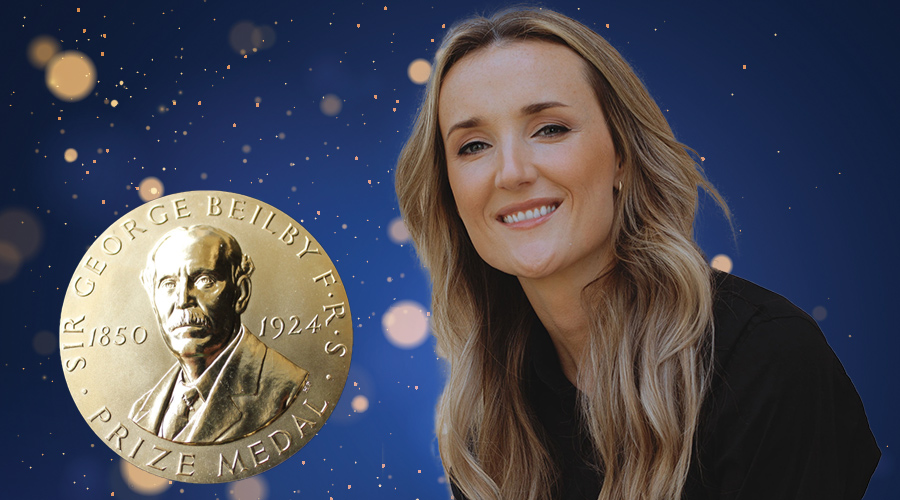
Charlotte Vogt was the 2023 recipient of the Beilby Medal and Prize.
One increasingly common technique in catalyst research is operando spectroscopy, in which a reaction – and the accompanying catalyst – is studied under real conditions. This enables researchers to make a closer link between catalytic activity and reaction progress.
‘You can use several spectroscopies together in operando,’ she says. ‘I like to mix them.’ As an example, Vogt has combined techniques such as infrared and X-ray absorption spectroscopy. ‘Their complementary nature means I can study the reaction mechanisms and how the catalyst affects them,’ she says.
This differs from the traditional approach, where catalysts were typically studied before and after a reaction – with no information on the catalyst’s activity as the reaction happens. The most ‘powerful flashlight’ on offer, Vogt says, is synchrotron radiation – involving a high photon flux of X-rays from a particle accelerator. Using this radiation to study catalytic reactions allows researchers to ‘look at the tiny details of a catalyst [such as] minority species’. She cites a past research project, in which 99.9% of the signal was coming from something she didn’t want to study.

The UK's Diamond Light Source is a world-leading synchrotron radiation facility. Credit: Diamond Light Source
‘Unless you have a very bright flashlight, you won’t see the tiny species,’ she says. ‘Synchrotron radiation helps us look into the darkest corners.’ In practice, it involves building a test cell and setting it up within a ‘hutch’ at a synchrotron site – after first testing the layout in the lab. This set-up is then used to perform operando spectroscopy, which might involve taking constant measurements over the course of two weeks. Vogt first used synchrotron radiation as part of her PhD studies, to prove that a catalyst restructured itself during a reaction.
‘It worked because of the very high time-resolution at the synchrotron,’ she says. ‘This wouldn’t have worked in the lab.’
Vogt and her team are addressing decarbonisation – via catalysis – in a number of ways, including one rather unusual approach: focusing on carbon in the sea, rather than the atmosphere.
‘The lowest concentration of carbon is in the air, so direct air capture seems the worst way to decarbonise’ she says.
Direct air capture (DAC) – essentially sucking carbon dioxide out of the atmosphere – is energy-intensive and expensive because CO2 concentration in air is only around 400ppm.
Instead, Vogt’s approach is to focus on the sea, which, she says, contains 95% of the Earth’s carbon. The research is the subject of a forthcoming paper and patent application, so she is reticent to reveal too many details. However, the idea is to take seawater, such as from a desalination plant, and use electrochemistry to precipitate calcium carbonate.
‘To me, the ocean seems like an incredible opportunity for carbon capture,’ Vogt says.
The carbon concentration in seawater is 140 times that of the atmosphere, meaning that equivalent carbon could be sequestered using much lower volumes.
Double function
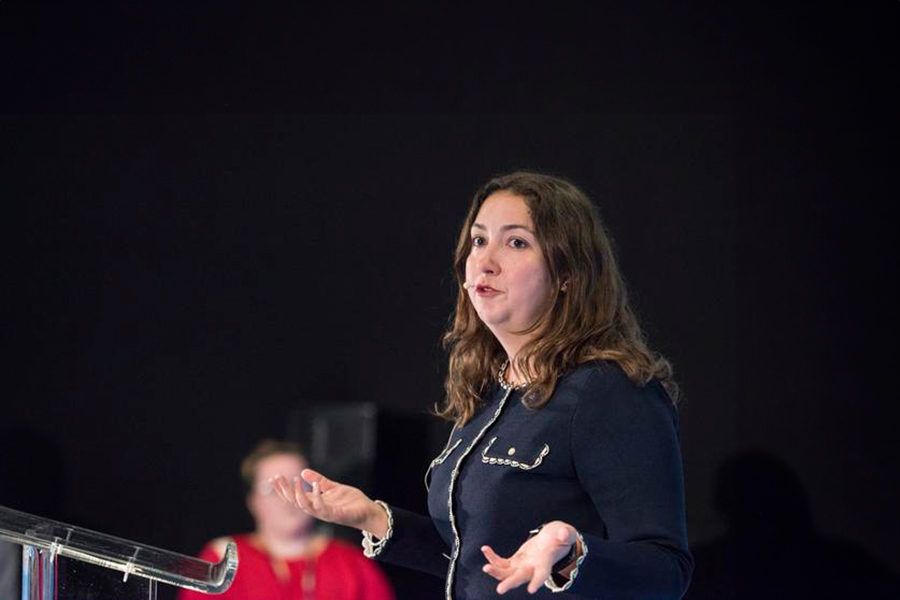
‘My philosophy is that all the chemicals we now make from fossil feedstocks should be made from CO2’ – Dr Melis Duyar. Credit: University of Surrey
Vogt is not the only researcher looking to overturn traditional approaches. At Surrey University, UK, Melis Duyar and her team are developing ‘dual function’ materials (DFMs) – that do two things at once: they capture CO2 from flue gases, then catalyse the captured CO2 into valuable fuels or chemicals. By varying reaction conditions, such as temperature, the materials can be ‘switched’ to catalyse several important industrial reactions.
‘By catalysing the [further reactions of the] CO2 that we’ve captured, we can do carbon capture and utilisation (CCU) using the same material,’ says Duyar, Senior Lecturer in the school of chemistry and chemical engineering.
Capturing CO2 from waste gas streams such as turbine exhaust or cement kiln off-gas is more efficient than extracting it from the atmosphere, she says, because once again the carbon concentration is much higher. That makes it cheaper and less energy intensive than a method such as DAC.
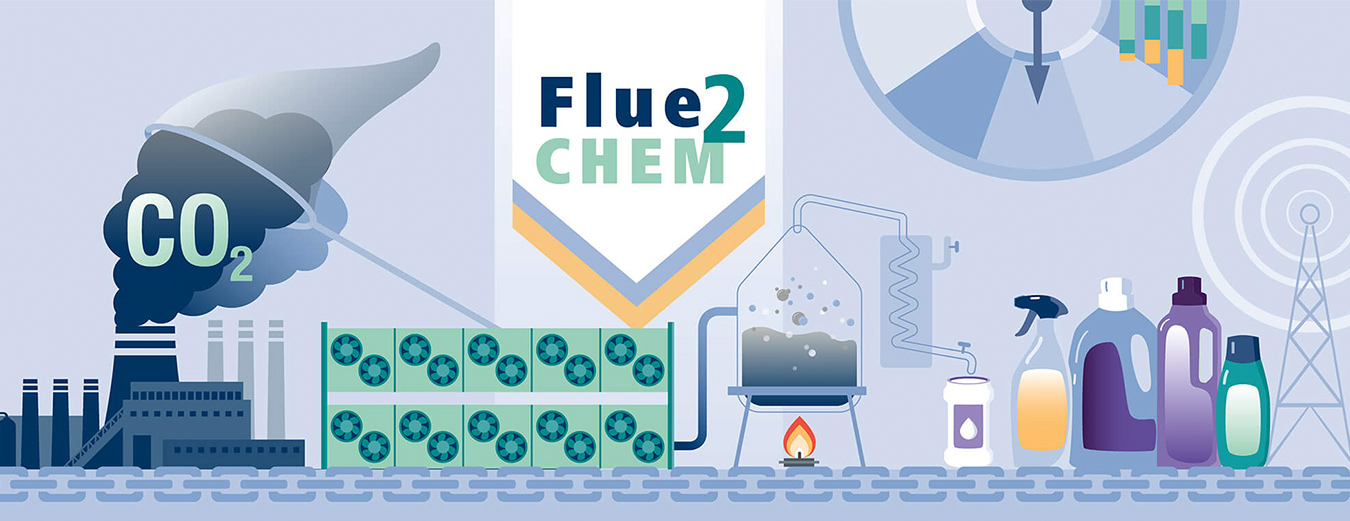
The Flue2Chem project, launched at the start of this year, is one example where carbon is captured from industrial waste gases.
A DFM typically comprises an alkali metal oxide as the adsorbent and a nickel/ruthenium alloy as the catalyst – supported on cerium oxide/aluminium oxide. Nickel is relatively cheap, while ruthenium is rare and expensive, as Duyar acknowledges.
‘The ruthenium currently accounts for around 1% of the catalyst,’ she says. ‘I think we could reduce it further – or even eliminate it.’
Once a DFM has captured CO2, it can catalyse one of three reactions, by altering reaction conditions and the co-reactants. The three reactions are methanation (converting CO2 and hydrogen to methane); dry reforming of methane (DRM), which converts CO2 and methane to hydrogen and carbon monoxide; and reverse water gas shift (RWGS) – turning CO2 and hydrogen into carbon monoxide and water. Each of these reactions is industrially important. Methane can be stored as a fuel, for instance, while a ‘syngas’ mix of carbon monoxide and water is a starting point for many industrial chemicals. The DRM reaction could act as a ‘green’ source of hydrogen.
Methanation takes place at 350°C, while both the RWGS and DRM reactions happen at 650°C, with a different co-reactant in each case. These kinds of ‘switchable’ DFMs could be used in future CCU plants – responding to fluctuations in reactant supply or product demand by switching to the most appropriate reaction, Duyar says. One critical aspect of the DFMs is they can drive the three reactions at constant temperature – and remove the need to provide external heat.
‘Normally, when you capture CO2, the energy-intensive step is to get it off the surface,’ she says. In this case, the heat generated by the chemical reaction provides the heat to desorb the CO2 and transfer it to the catalyst. In effect, an exothermic process is balancing an endothermic one. ‘It means the temperature stays constant and we can run the reaction isothermally.’
The advantage goes further, according to Duyar. By removing heat from the methanation reaction, the DFM helps to make it more selective as it suppresses side reactions (J. Mater. Chem. A; doi: 10.1039/d3ta01892j). Duyar presented the work at a recent SCI conference, Catalysis for a Sustainable Future. The team has used operando spectroscopy to study the catalyst surface to improve its future efficiency. There is some evidence that DFMs can act as passive adsorbents – taking CO2 directly from the atmosphere – but Duyar says the speed of this is not known because it was adsorbed by a sample left on the benchtop.
‘When you capture CO2 under controlled conditions [such as with flue gases] you know how quickly it happens,’ says Duyar.
The materials have been tested in ‘proof of concept’ experiments at lab scale and two patent applications are pending for DFM processes. Now the team is working to demonstrate feasibility under increasingly ‘real’ conditions and trying to find dedicated partners, with the eventual aim of licensing the technology.
‘My philosophy is that all the chemicals we now make from fossil feedstocks should be made from CO2,’ Duyar says. ‘DFMs have an important role to play.’
Many other research teams are developing catalysts for sustainability, whose functions include producing ammonia for fertilisers using electrochemical hydrogenation, rather than the Haber process; generating hydrogen more efficiently, by improving the performance of iridium oxide catalysts; and determining the performance of ozonation catalysts, which remove organics from water, through the use of artificial intelligence.
Researchers agree that a broad approach is needed to solve the diverse challenges of sustainability. As Charlotte Vogt says: ‘It’s not just one catalyst that will solve everything.’

